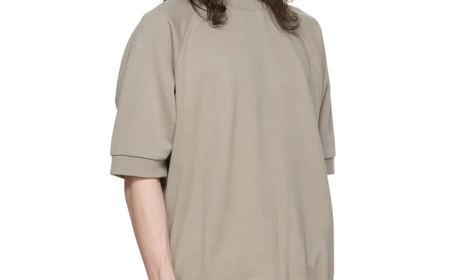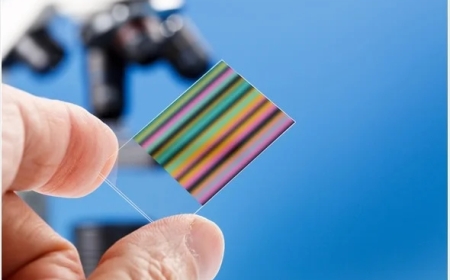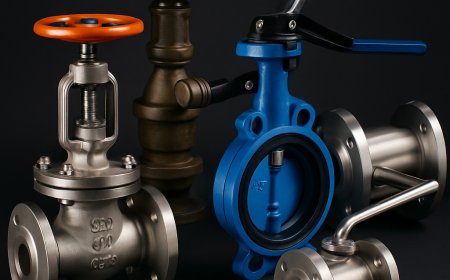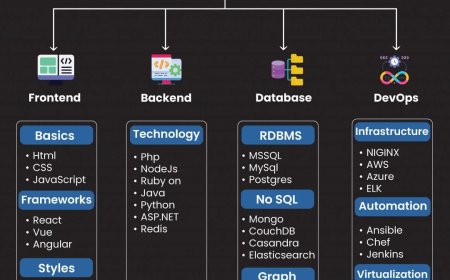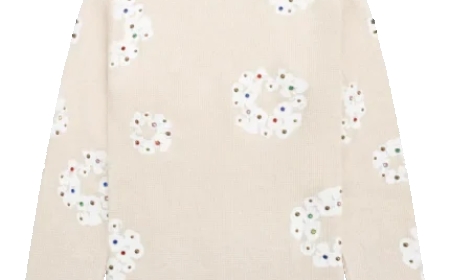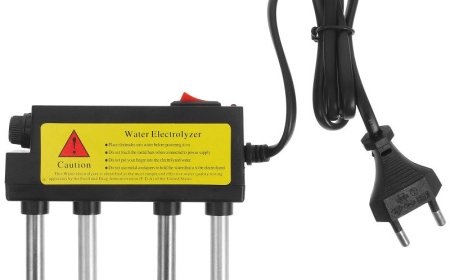Effective Myopia Control Management in Singapore: A Complete Guide
Many parents worry as their childrens vision worsens each year. Early intervention can slow progression. Our proven myopia control management strategies offer solutions backed by research. You can learn more about our Myopia Control Services or book a consultation on our Contact Us page. This guide uses short sentences and clear facts. It helps you make decisions with confidence.
Understanding Myopia
Myopia, or nearsightedness, occurs when the eye grows too long. Light focuses in front of the retina instead of on it. Distant objects appear blurry. In Singapore, nearly one in three schoolchildren has myopia. The condition often worsens quickly during growth spurts. If left unmanaged, high myopia raises the risk of glaucoma, retinal detachment, and cataracts later in life.
Importance of Myopia Control Management
Traditional single-vision lenses correct sight but do not affect eye growth. Myopia control management goes further. It uses special lenses or therapies to slow the elongation of the eyeball. Studies show that early treatment can reduce progression by up to 60 percent. That reduction can significantly lower the lifetime risk of sight-threatening complications.
Main Myopia Control Options
Clinics in Singapore offer three primary approaches to myopia management:
-
Soft Contact Lenses with Peripheral Defocus
These daily disposable lenses shift focus on the retina. They redirect light rays away from the centre. -
Orthokeratology (Ortho-K)
Rigid, gas-permeable lenses reshape the cornea overnight. Patients remove them each morning. -
Defocus Incorporated Multiple Segment (DIMS) Spectacle Lenses
Spectacles with multiple tiny lens segments create myopic defocus zones around the main viewing area.
Each option has unique benefits. Some suit active lifestyles. Others require less handling. A thorough eye assessment determines the best choice.
How to Select a Clinic
Choosing a qualified practitioner is crucial. Look for optometrists with formal training in myopia management. Ensure they use advanced diagnostic tools such as corneal topography and axial length measurement. Read patient reviews on healthcare forums and Google. Confirm that the clinic provides a clear treatment plan, transparent pricing, and regular follow-up visits. Clinics offering trial periods and package deals can help you compare options without large upfront costs.
Comparison Table of Myopia Control Options
| Treatment Type | Age Range | Key Benefit | Typical First-Year Cost (SGD) |
|---|---|---|---|
| Daily Soft Contact Lenses (e.g., MiSight) | 8 16 years | Balanced focus, high hygiene | 1,200 1,500 |
| Orthokeratology (Paragon CRT, etc.) | 7 18 years | Clear daytime vision without lenses | 1,000 1,300 |
| DIMS Spectacle Lenses (Hoya MiYOSMART) | 6 12 years | Simple wear, minimal adaptation | 200 300 |
Table Notes: Costs include fitting fees and initial follow-ups. Annual maintenance and replacements incur extra charges.
Cost Considerations and Insurance
Myopia control management involves an investment. Initial fitting fees range from SGD 200 for DIMS spectacles to SGD 1,500 for daily contact lenses. Orthokeratology sits between these figures. Follow-up visits and lens replacements add SGD 200400 per year. Some private insurers cover part of the cost under vision-care riders. Check policy details before starting treatment. Employers may also include family vision benefits. Bringing your insurance card to appointments streamlines claims.
Preparing for Treatment
Before your first fitting, schedule a detailed eye assessment. The optometrist will map your cornea and measure axial length. Provide a complete medical history, including allergies and previous eye conditions. If you opt for contact lenses, practise insertion and removal under professional supervision. For spectacles, ensure frames fit comfortably and align properly. Plan for an adjustment period; children often need one to two weeks to adapt to new wear routines.
What to Expect During the First Visit
A typical fitting appointment lasts 4560 minutes. The practitioner will:
-
Review your vision history and discuss goals.
-
Carry out corneal topography and axial length scans.
-
Try on trial lenses or fit spectacles.
-
Teach you care routines for lenses or frames.
-
Schedule follow-up visits at day 1, week 1, and month 1.
Early monitoring allows tweaks to lens parameters, ensuring comfort and efficacy.
Maintenance and Care
Proper hygiene and care protocols are vital for safety and results. For daily soft lenses, discard lenses each evening and never reuse. Wash hands before handling lenses and use only recommended cleaning solutions. Ortho-K lenses require nightly cleaning and fresh solution each use; replace storage cases every three months. Spectacle wearers should clean lenses daily with a lint-free cloth and inspect frames for wear.
Risks and Safety Measures
Myopia control treatments are generally safe. Mild side effects include slight discomfort, temporary halos, or light sensitivity. Rigid lenses can cause occasional corneal staining if care is poor. Infection risks exist but remain low when hygiene guidelines are followed. Always contact your optometrist if you experience redness, pain, or sudden vision changes. Prompt attention prevents serious complications.
Long-Term Follow-Up
Effective myopia control is a journey, not a one-time fix. Regular check-ups monitor eye growth and treatment progress. Most clinics recommend quarterly reviews after the first year. During these visits, axial length measurements track eye elongation. If progression remains too rapid, your optometrist may adjust lens parameters or switch treatment modalities.
Frequently Asked Questions
At what age should my child start myopia control?
Experts recommend beginning between 6 and 12 years old for maximum benefit.
Can adults use myopia control lenses?
Research focuses on children; adult treatments show limited efficacy.
Is the treatment permanent?
Benefits persist only while lenses are used regularly.
How quickly will vision improve?
Ortho-K users often see initial gains after one night. Soft and spectacle lenses may take several weeks.
Can I combine different modalities?
Some clinics offer hybrid plans. Discuss your needs with your optometrist.



